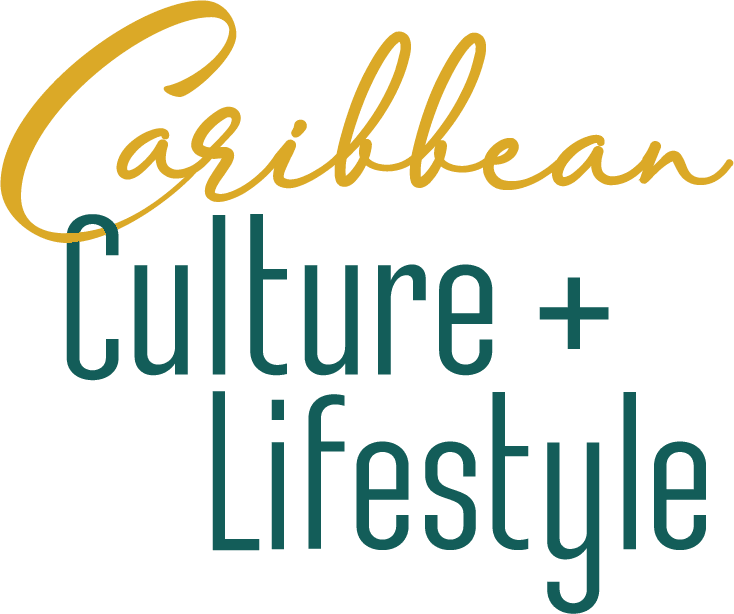Art and the Ancient Maya

For societies all over the world, the artist plays a critical role. Through painting, pottery, hieroglyphic scribing, and many other mediums, artists act as record keepers, storytellers, and messengers. The work of the artist provides a link for future generations to better understand the past. At Cahal Pech, in Belize’s Cayo District, a recent discovery serves to illuminate the importance of artists to ancient Maya culture.
In 2018, researcher Anna Novotny, with the support of Belize’s own archaeologist, Jaime Awe, and others, uncovered a large grave containing the remains of three humans, along with many artifacts of ritual significance. Notably, one of these persons was found with a conch shell resting on his chest, which had been used as a painter’s pallet.
In an interview with Forbes Magazine, Novotny states, “The shell was on the chest of the male individual and we found it laying totally flat. The paint colors were still so brilliant when we lifted it out, I gasped. It’s very rare to find a tool like that with all the colors still present and so well preserved!”

The Burial Chamber
The burial chamber, known as Burial 7, was discovered inside Structure B1, at Cahal Pech. This 12-meter pyramid is flanked on either side by two smaller pyramid structures, which together with a fourth structure, form what researchers know as an E-Group. These groups are common to ancient Maya sites in the Belize River Valley and were used to track the motion of the sun, stars, and heavens. For the burial chamber to be positioned inside the central structure of an E-Group deepens its significance.
The Individual with the Painter’s Pallet
In the case of the individual discovered with the painter’s pallet, his left femur was removed and was replaced by a carved and painted femur of a jaguar. Novotny and her team suggest that the artist’s bone may have been used for ritual communication with the deceased.
The removal of bones from buried family members or royalty was not uncommon for the ancient Maya. Many other similar examples have lead researchers to believe that the ancient Maya revered the bones of their ancestors in much the same way religious relics are treasured today.
Moreover, the fact that the removed femur was replaced with that of a jaguar, an animal sacred to the ancient Maya, indicates that this artist may have been donned with magical, mystical and sacred qualities.

It is not entirely clear whether the use of his bones would have allowed the ancients of Cahal Pech to communicate with their ancestors. It is clear however, that this artist was well respected and honored in his society. His work certainly would have served as a communication link with other cities of the time, and what’s more, may have served to communicate with generations that followed. In effect, through the works they create, the artists of the ancient Maya reach into the future to share with the modern world, the secrets of the past.
Getting to Cahal Pech
Cahal Pech is located in the town of San Ignacio, on a hilltop along the west bank of the Macal River. From the temples high atop Cahal Pech, visitors can glimpse the confluence of the Macal and Mopan rivers, which make up the Belize River. Ask anyone in town for the location of Cahal Pech, and they will point to the top of the hill.
What to Bring
Though Cahal Pech means, “Place of Ticks”, it’s more likely today to encounter mosquitos so repellent is highly recommended. Bottled water, sunscreen and supportive shoes are also suggested. San Ignacio is home to many great restaurants including the Cahal Pech Resort.
Written by G. Michael Bowen
Similar Articles:
Top Maya Sites
Caracol- The Sky Palace
Xunantunich












